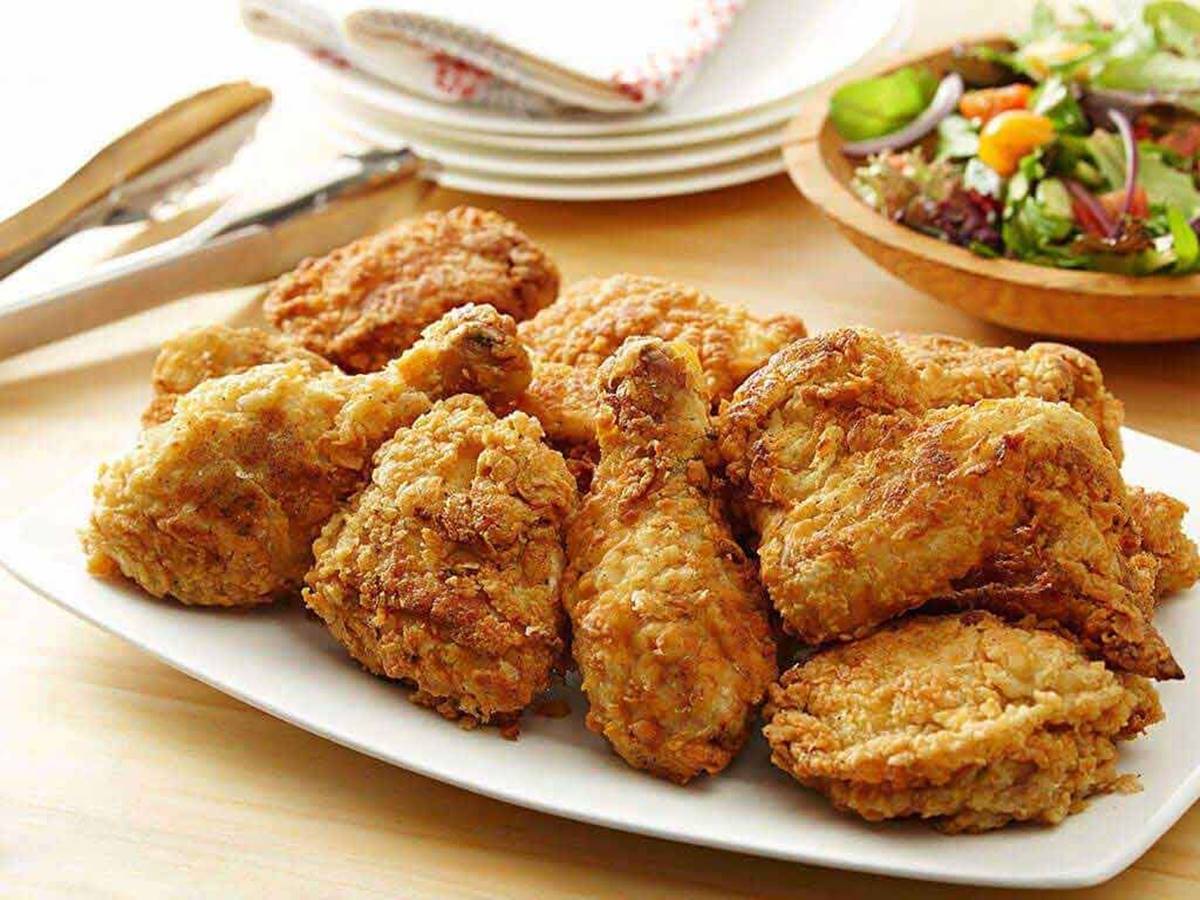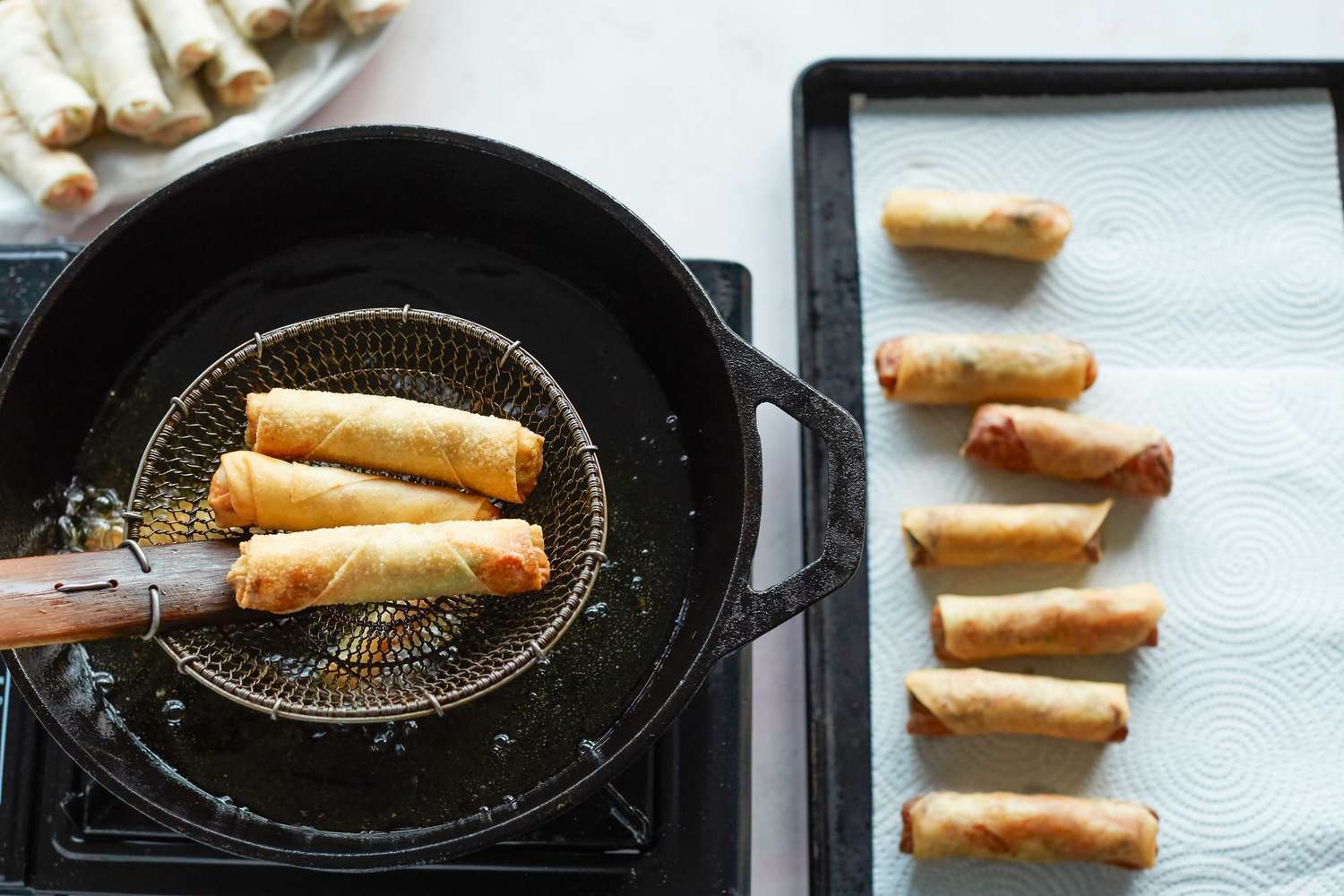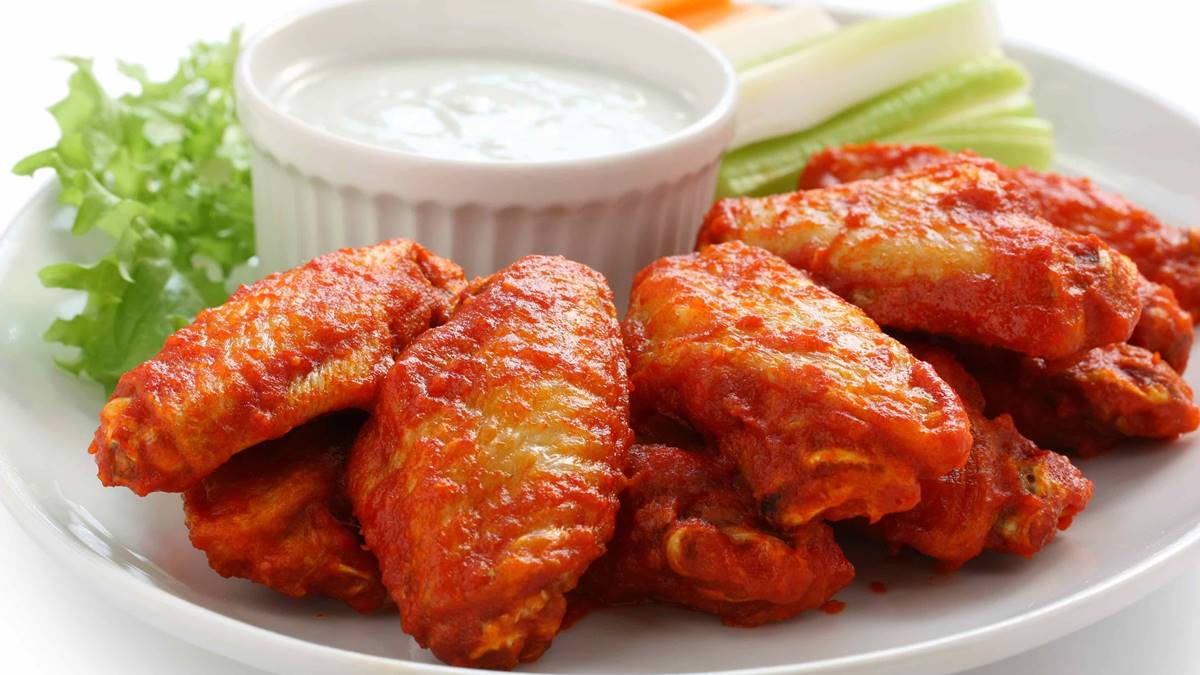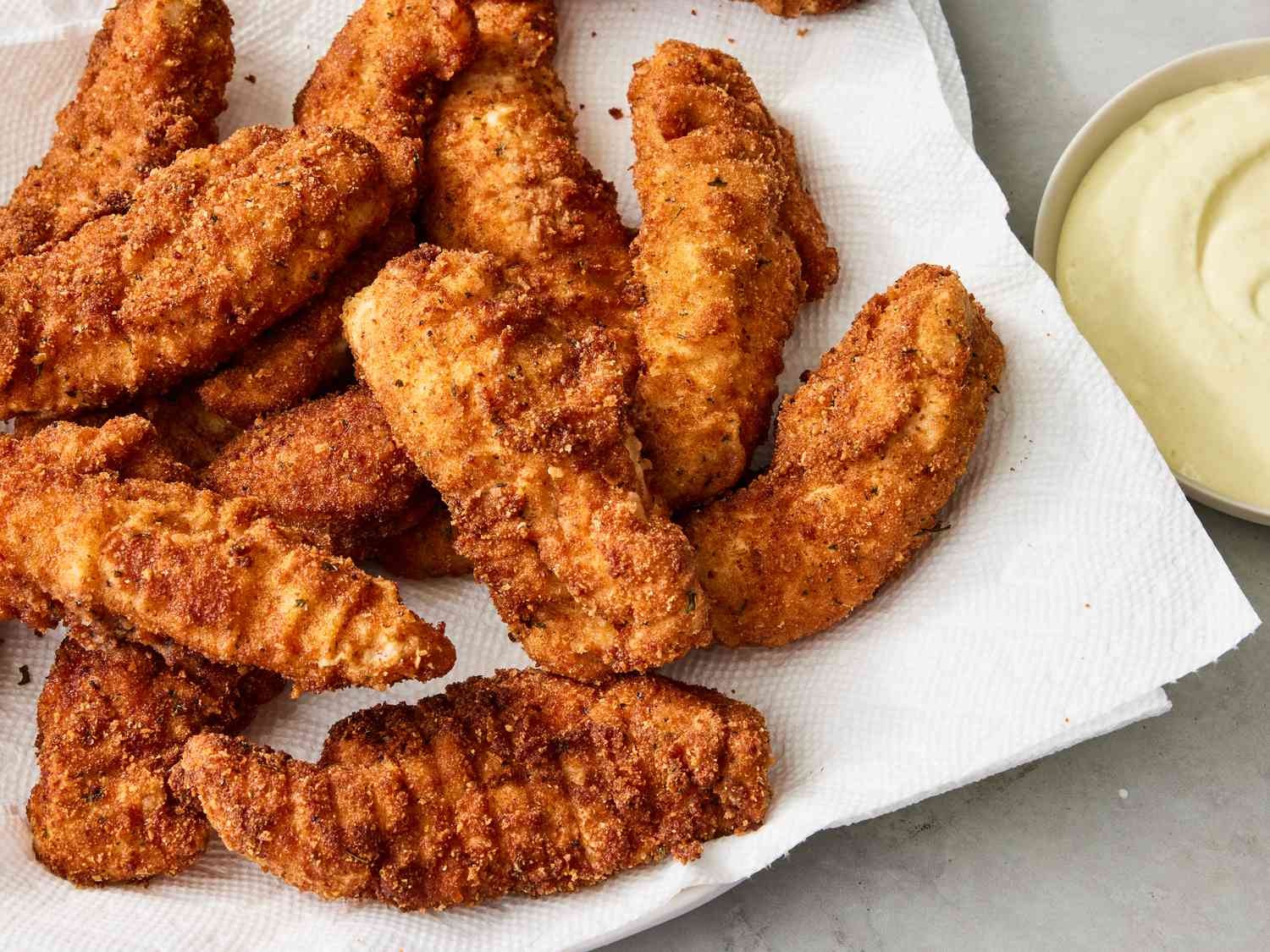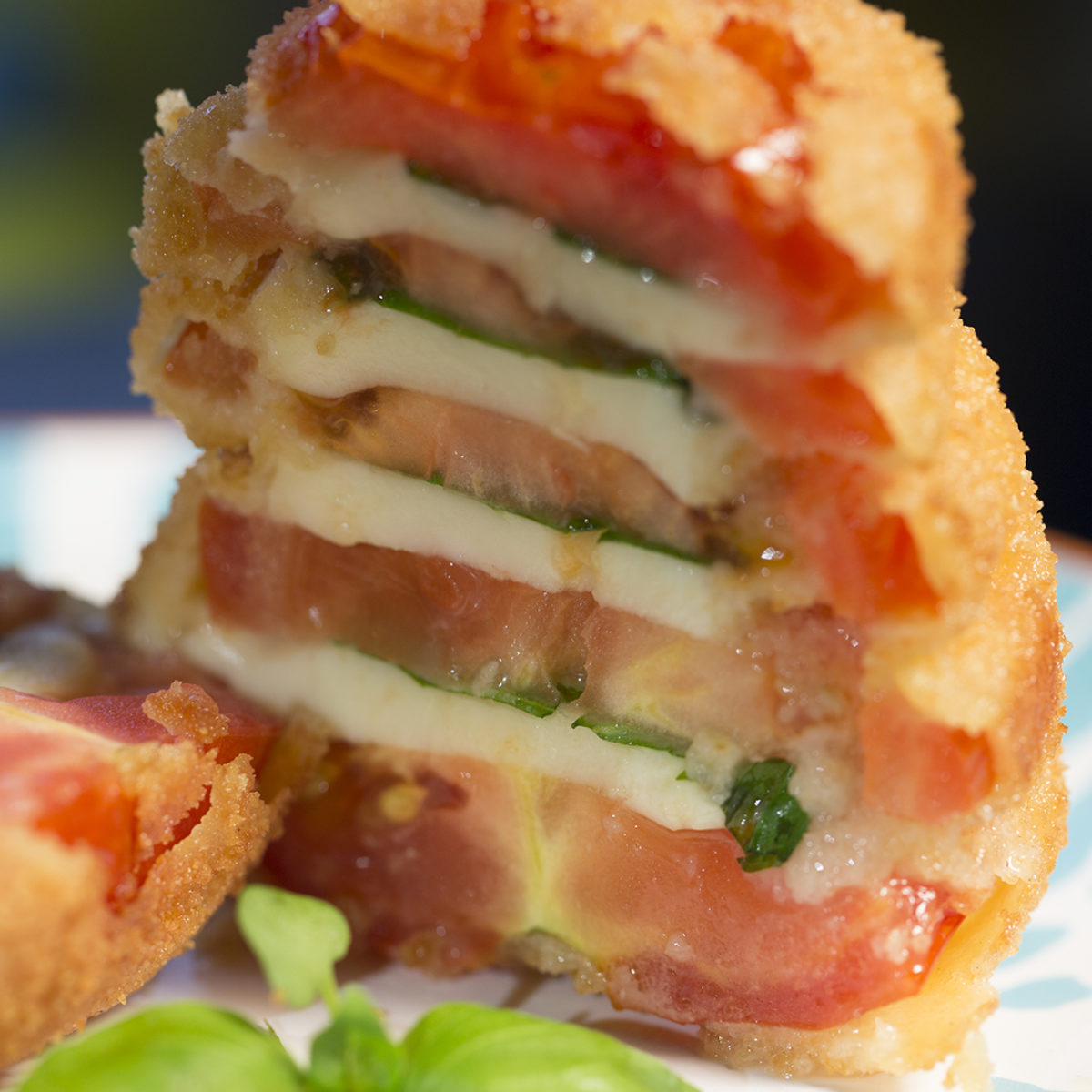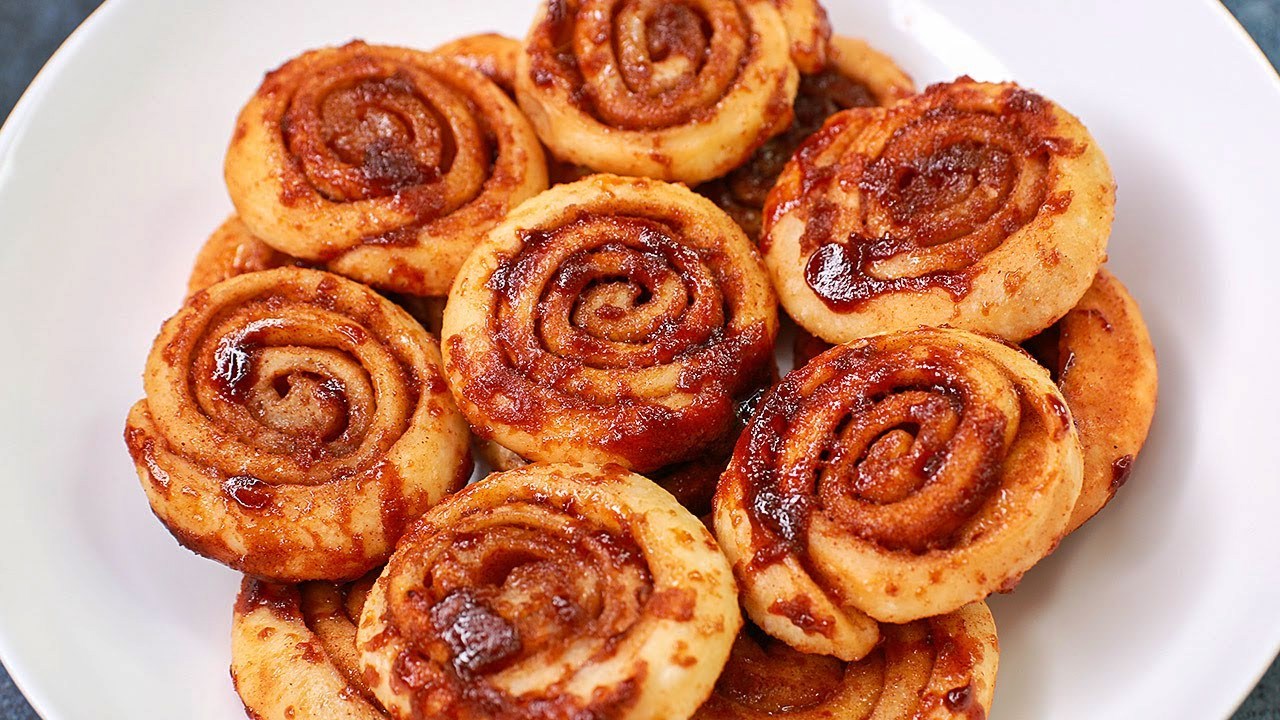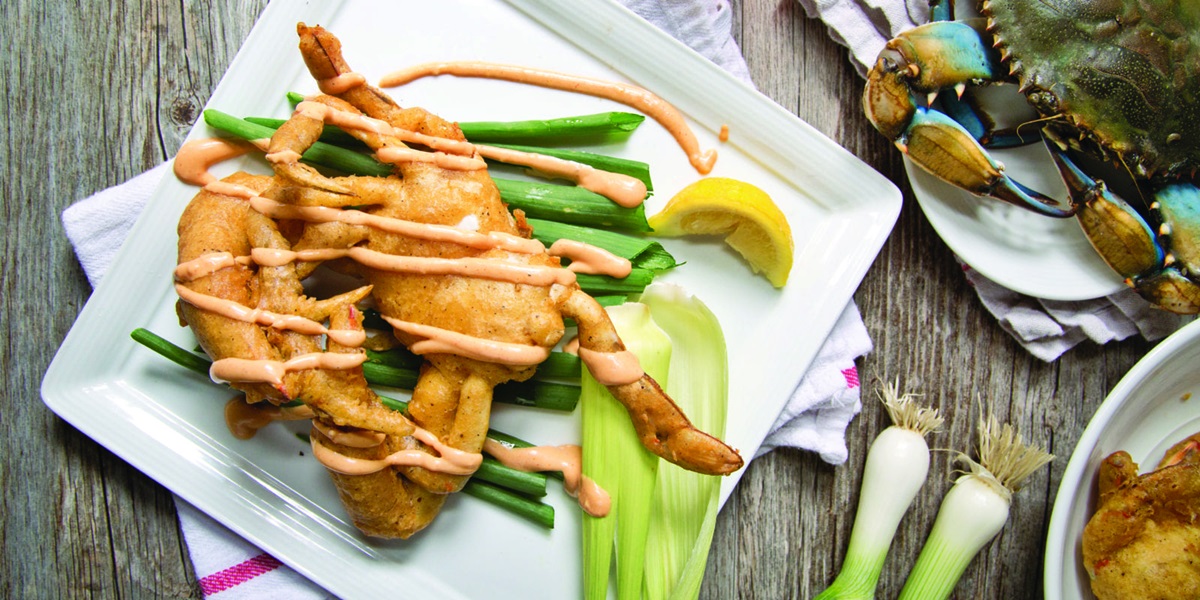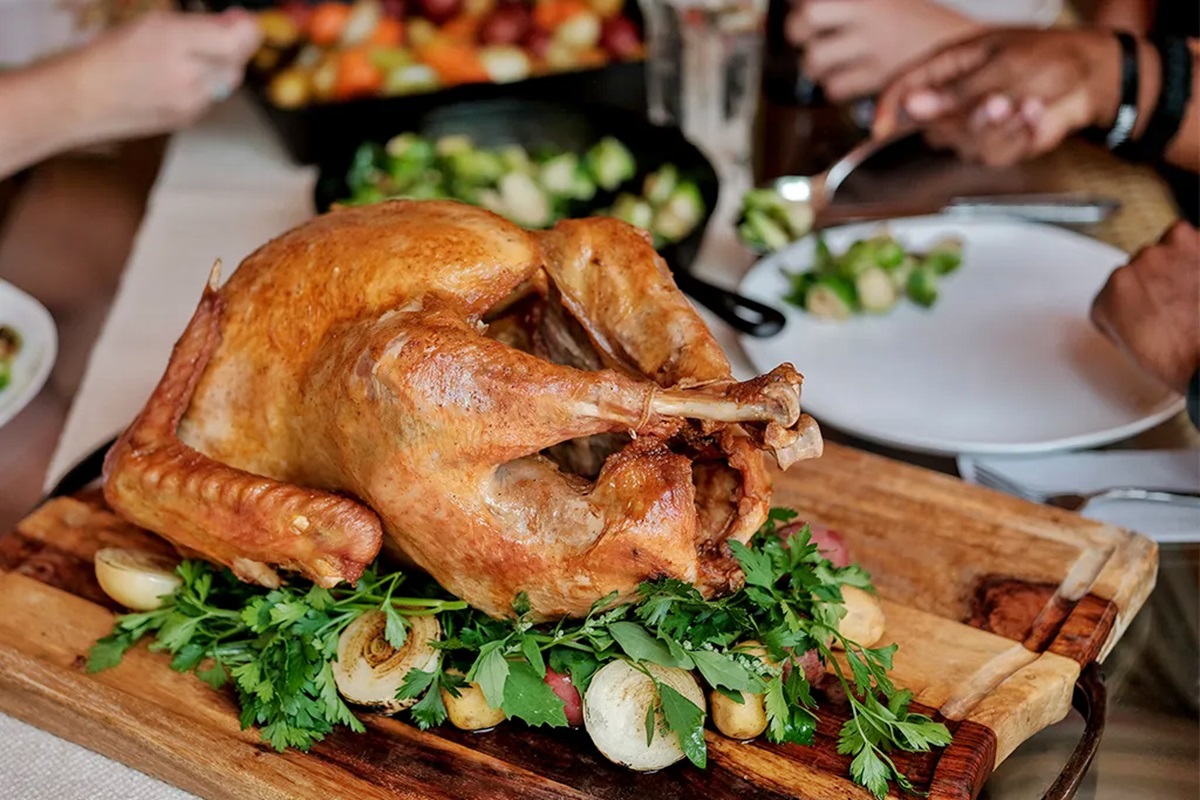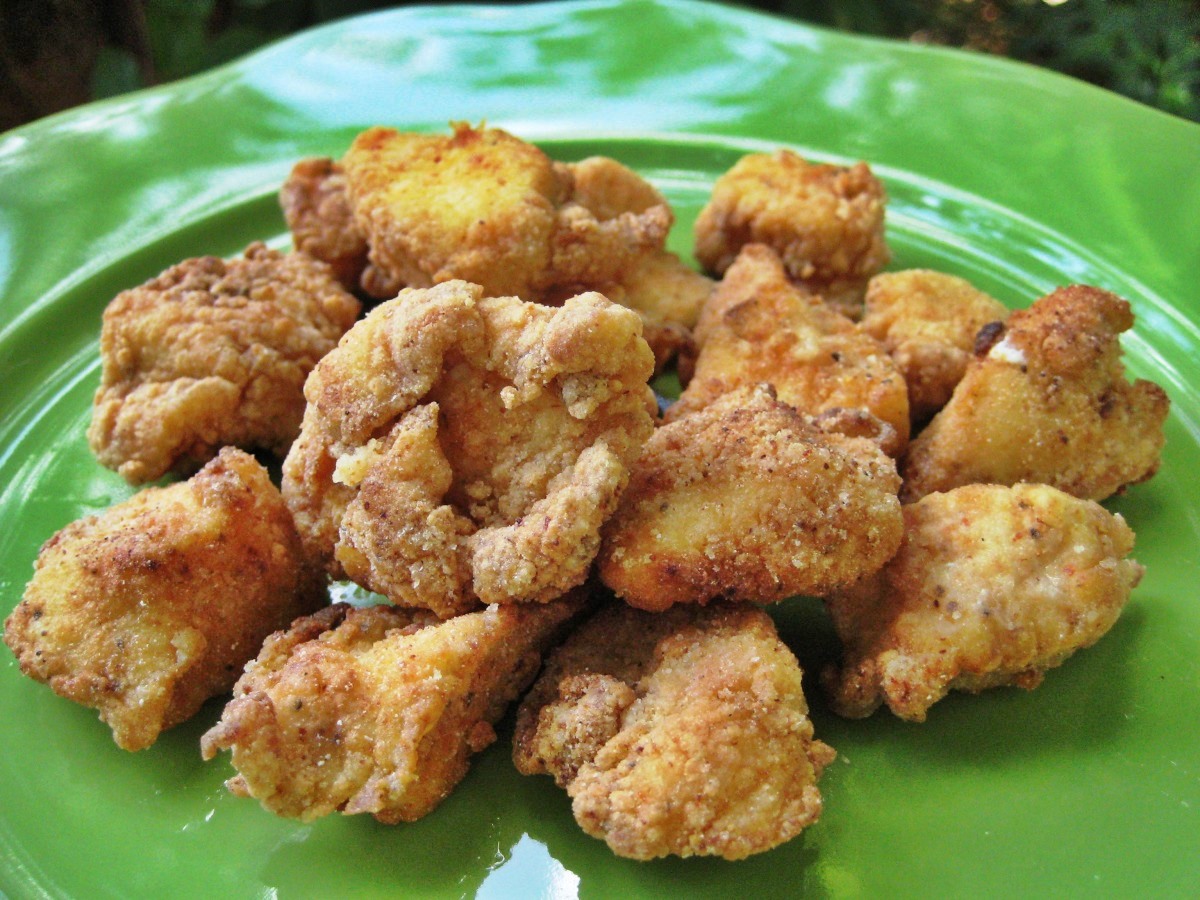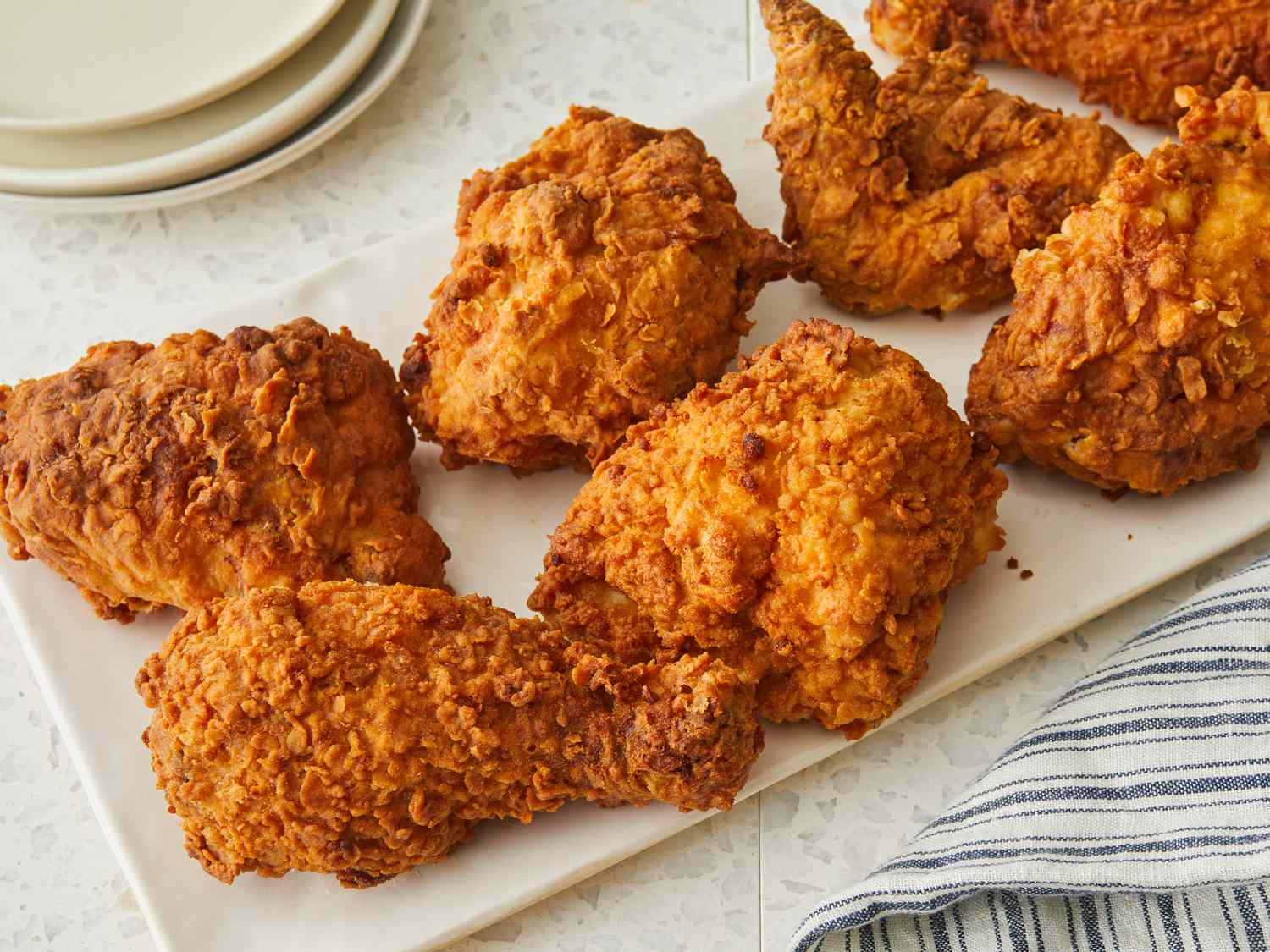13 Quick and Dirty Tips for Frying Latkes
Are you a fan of crispy, delicious latkes? Whether you’re making them for Hanukkah or simply craving a tasty potato treat, frying latkes to perfection requires some skill. To help you achieve latke greatness, we’ve gathered 13 quick and dirty tips that will elevate your frying game. Let’s get started!
- Choose the right potatoes: Opt for starchy potatoes like Russets or Yukon Golds as they will give you the best texture and flavor for your latkes.
- Grate it up: Grate the potatoes and onions using the finest side of a box grater or a food processor. This will ensure your latkes have a uniform texture.
- Squeeze out the excess moisture: Once grated, place the potato and onion mixture in a clean kitchen towel or cheesecloth. Squeeze out as much moisture as possible. This step will give you extra crispy latkes.
- Add a binding agent: To help hold everything together, mix in some flour or matzo meal to the potato mixture. This will prevent your latkes from falling apart during frying.
- Get your oil hot: Heat your frying oil, such as vegetable or canola oil, to the right temperature. Around 375°F (190°C) is ideal for achieving crispy, golden latkes.
- Fry in batches: Avoid overcrowding the pan. Fry your latkes in small batches, giving each one enough space to cook evenly. This will prevent them from becoming soggy.
- Use a flat spatula: When flipping your latkes, use a flat spatula for easy maneuvering without breaking them. A wide fish spatula works wonders!
- Add some flavor: Don’t be afraid to experiment with different seasonings and herbs. Whether it’s garlic, chives, or a touch of cayenne pepper, adding a little extra flavor can take your latkes to the next level.
- Keep them warm: Place your fried latkes on a wire rack set over a baking sheet in a preheated oven. This will keep them warm and crispy while you finish frying the rest.
- Don’t forget the salt: Sprinkle a pinch of salt on each latke as soon as they come out of the pan. This simple step enhances the flavors and brings out the best in every bite.
- Get creative: Traditional potato latkes are fantastic, but don’t be afraid to try different variations. Explore sweet potato latkes, zucchini latkes, or even a combination of different vegetables to add a twist to your frying adventures!
- Serve with the perfect accompaniments: Latkes are even more delightful with some toppings. Sour cream, applesauce, or even a dollop of crème fraîche can complement the flavors of your fried creations.
- Maintain consistency: Once you find your perfect latke recipe, stick to it! Consistency in technique and ingredients will help you master the art of frying latkes time and time again.
So now that you have these 13 quick and dirty tips under your belt, it’s time to heat up that frying pan and start making some delicious latkes. Enjoy the crispy goodness and happy frying!
Want to share your own latke frying tips or discuss the best techniques for making perfectly crispy and delicious latkes? Head over to the Cooking Techniques forum and join the conversation!
FAQ:
Can I use a different type of oil for frying latkes?
Yes, you can use different types of oil for frying latkes. Traditional recipes call for vegetable oil or canola oil because they have a high smoke point and neutral flavor. However, you can also use oils like peanut oil, sunflower oil, or even olive oil for a unique taste. Just keep in mind that oils with lower smoke points may smoke or burn at higher temperatures, so adjust your heat accordingly.
How do I prevent my latkes from getting too greasy?
To prevent your latkes from getting too greasy, make sure your oil is hot enough before adding the latkes to the pan. If the oil is not hot enough, the latkes will absorb more oil, resulting in a greasy texture. Additionally, try using a slotted spatula or tongs to remove any excess oil after frying. Place the cooked latkes on a paper towel-lined plate to absorb any remaining oil.
Should I peel the potatoes before making latkes?
Yes, it is recommended to peel the potatoes before making latkes. Removing the skin ensures a smoother and more consistent texture. You can use a regular potato peeler or a knife to remove the skin. After peeling, you can grate or shred the potatoes using a box grater or a food processor.
Can I prepare latke batter in advance?
Yes, you can prepare latke batter in advance. To prevent the batter from discoloring, place it in an airtight container and refrigerate for up to 24 hours. When you’re ready to cook, give the batter a good stir before shaping and frying the latkes. This way, you can save time and have freshly cooked latkes whenever you want.
How do I achieve a crispy exterior when frying latkes?
To achieve a crispy exterior when frying latkes, make sure your oil is hot enough. The ideal temperature is around 375°F (190°C). Avoid overcrowding the pan, as this can lower the oil temperature and result in soggy latkes. Also, do not flip the latkes too frequently while frying. Allow them to develop a golden crust on one side before flipping to the other side.
Can I make gluten-free latkes?
Yes, you can make gluten-free latkes by substituting regular flour with gluten-free flour or a combination of other gluten-free alternatives like potato starch or cornstarch. Be sure to check the labels of your ingredients to ensure they are gluten-free. Additionally, make sure your frying oil is gluten-free as well.
How should I store leftover latkes?
To store leftover latkes, let them cool completely and then transfer them to an airtight container. Place a layer of parchment paper or wax paper between each layer of latkes to prevent them from sticking together. Store them in the refrigerator for up to 3 days. When you’re ready to enjoy them again, you can gently reheat them in the oven or toaster oven until warmed through.
Was this page helpful?
Read Next: How To Fry Potatoes In Oil
